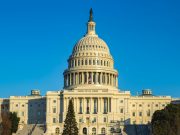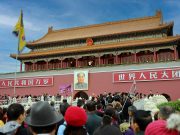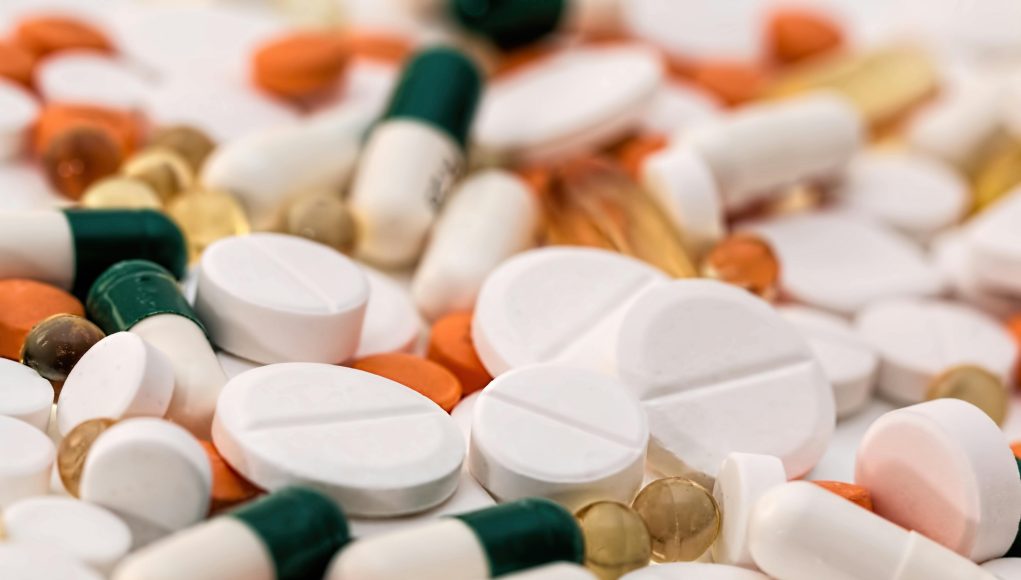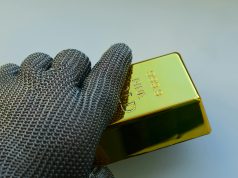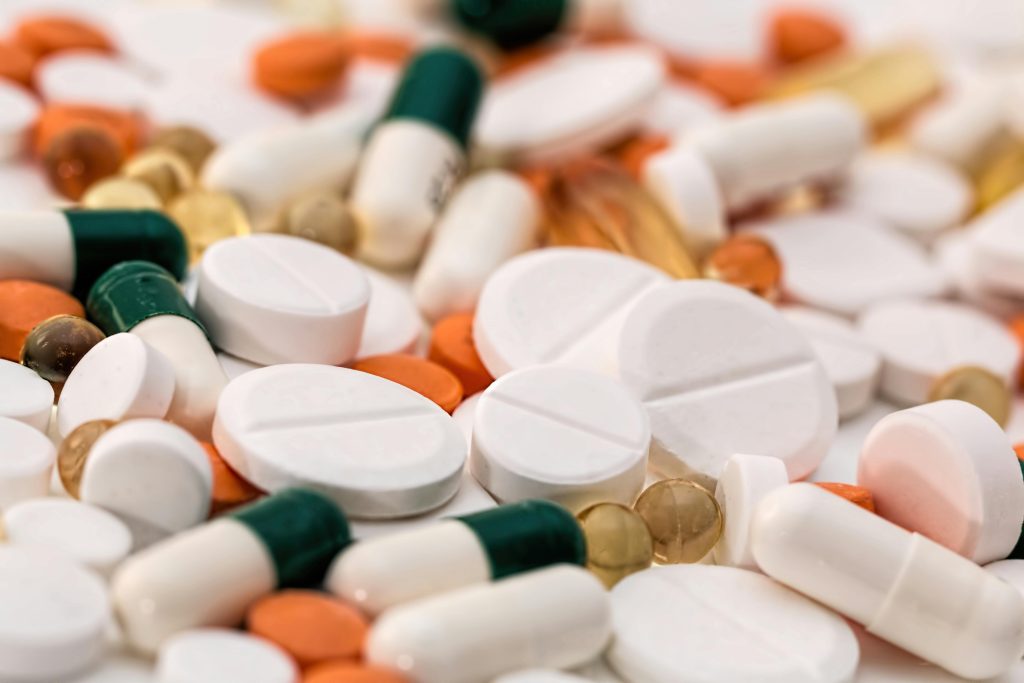
(Singapore, 01.10.2025)In a major development poised to reshape the American healthcare landscape, President Donald Trump announced a significant deal with pharmaceutical giant Pfizer, aimed at drastically lowering the cost of prescription drugs for millions of Americans.
The agreement, revealed during a press conference in the Oval Office, is the first major outcome of the administration’s aggressive push to force drugmakers to bring their prices in line with those found in other developed nations.
For years, U.S. patients have shouldered the highest prescription drug costs in the world, often paying nearly three times more than consumers in other countries. President Trump has repeatedly called this a practice of “subsidizing the healthcare of the rest of the world” and has made drug price reform a central pillar of his economic policy.
The new agreement with Pfizer is a direct result of this pressure campaign, which was ratcheted up on September 25 with the threat of a 100% tariff on imported branded and patented pharmaceuticals. This investigation, a national security probe, was designed to leverage the threat of tariffs to secure price concessions and encourage domestic manufacturing.
Details of the Groundbreaking Deal
The core of the deal revolves around a two-pronged approach. First, Pfizer has committed to cutting the price of all its prescription drugs within the Medicaid program, the federal and state program that provides healthcare for over 70 million low-income Americans. While Medicaid already receives rebates from drugmakers, this new commitment promises even lower costs for the program, which spent a gross of approximately $80 billion on drugs in 2021.
Second, Pfizer will sell all new medicines at a “most-favored-nation” price. This is a policy that President Trump has championed, and according to Medicare Director Chris Klomp, it means the price will be based on the lowest price paid in a group of other wealthy countries after all fees and rebates have been applied.
In a move that could be a game-changer for American consumers, Pfizer will also participate in a new White House direct-to-consumer website called “TrumpRx,” which is expected to go live in early 2026. This platform will allow Americans to buy drugs directly from the manufacturer at a reduced price. Pfizer has stated that a large majority of its primary care treatments and some specialty brands will be offered at significant savings, averaging 50% and, in some cases, reaching as high as 85%. A poster displayed at the event highlighted a few of the drugs that will be available through this program, including the rheumatoid arthritis drug Xeljanz (which has a list price of over $6,000 a month), the migraine treatment Zavzpret, the dermatitis drug Eucrisa, and the post-menopausal osteoporosis medication Duavee.
A Win-Win for Government and Industry?
The agreement is not without its benefits for Pfizer. In exchange for its commitment to lower prices, the company will receive a three-year grace period during which its products will be exempt from the new pharmaceutical-targeted tariffs. This is contingent on Pfizer’s pledge to move its manufacturing to the United States. Pfizer CEO Albert Bourla, who was present at the White House event alongside Health Secretary Robert F. Kennedy Jr., announced that the company will invest a staggering $70 billion in domestic research and development and manufacturing.
The news was met with enthusiasm on Wall Street. Shares of Pfizer surged by 6.3% to $25.36, while other major drugmakers, including Eli Lilly, Merck, AbbVie, and Bristol Myers Squibb, also saw their stock prices rise between 2% and 7%. The positive market reaction suggests that investors view the deal as a “meaningful clearing event” for the sector, as noted by Gabelli Funds portfolio manager Daniel Barasa. The deal effectively takes the threat of a 100% tariff off the table for Pfizer and signals a possible path forward for other companies.
While Pfizer is the first to announce a deal, the administration is in ongoing discussions with 16 other leading drug companies. President Trump said he expects others to follow suit, even praising Eli Lilly for being “fantastic” in the negotiations. This sentiment, combined with a separate announcement by FDA Commissioner Marty Makary about a new voucher program for experimental therapies, has analysts speculating that an announcement of a deal with Lilly could be “just around the corner.”
The agreement with Pfizer marks a significant shift in the power dynamic between the U.S. government and the pharmaceutical industry. For years, the industry has defended its high prices by citing the need to fund innovation.
However, a Reuters analysis found that the median U.S. launch price for new pharmaceuticals more than doubled from $180,000 in 2021 to $370,000 last year, fueling the argument that patients are paying more without a corresponding increase in value. With the new deal, the administration is directly challenging this trend and setting a precedent for future negotiations. The “TrumpRx” website, in particular, could fundamentally alter the traditional drug distribution model, creating a direct link between manufacturers and consumers and bypassing the complex network of insurers, pharmacies, and pharmacy benefit managers.



